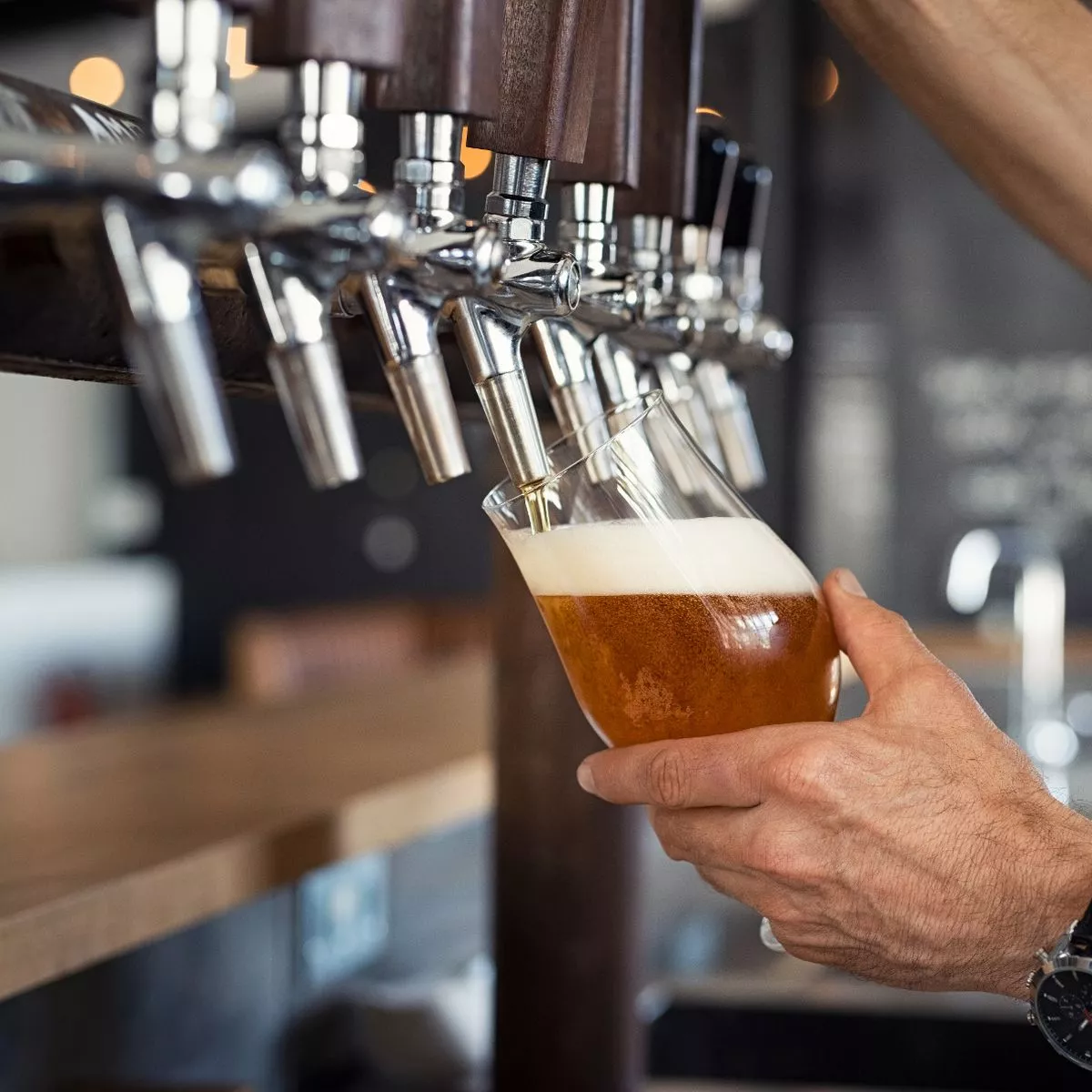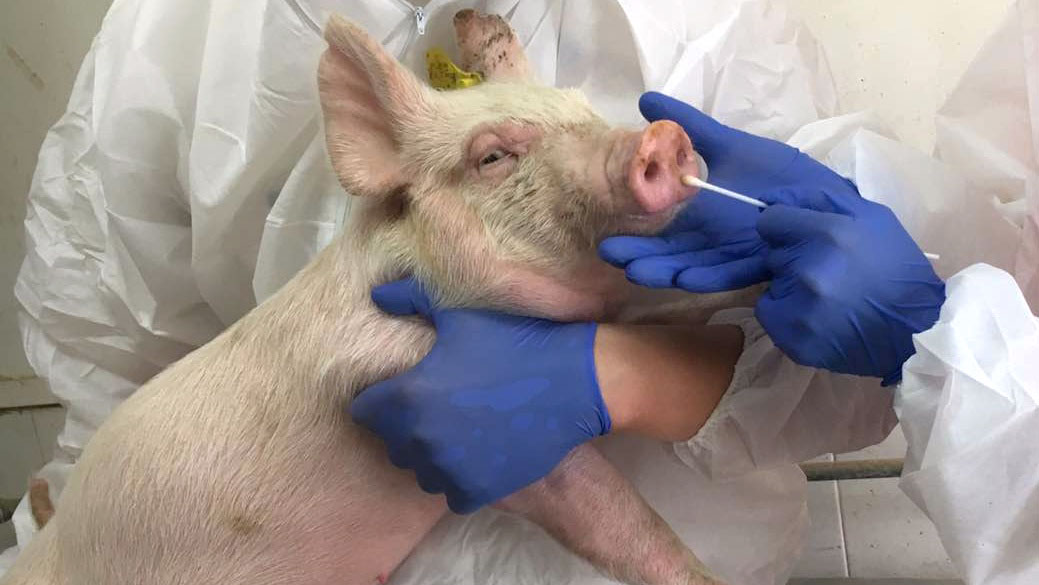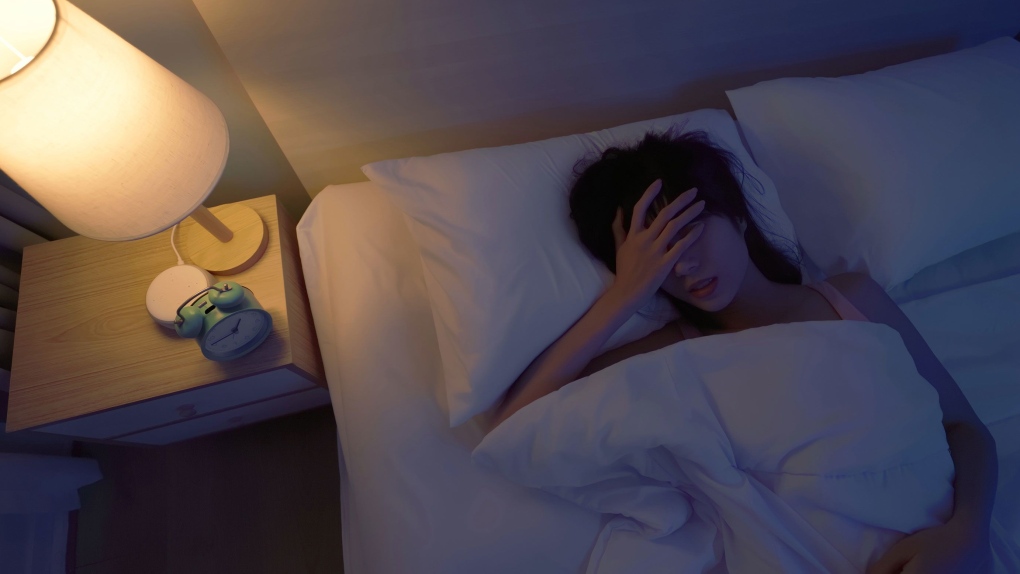More broadly, the availability of draught alcohol-free beer may encourage individuals to make healthier decisions, according to one study.
Customers purchased fewer standard beers but opted for alcohol-free alternatives, which did not result in a decline in the overall revenue of the establishments.
Alcohol has been associated with seven forms of cancer, including those of the oral cavity, upper throat, larynx, esophagus, breast, and bowel. Additionally, it can cause weight gain and addiction.
It is commonly believed that providing alcohol-free options is a healthy alternative for individuals seeking alternatives.
In collaboration with Bristol City Council, researchers from the University of Bristol enlisted fourteen taverns and bars within the city for the study.
At each establishment, alcohol-free beer was unavailable on draught or “tap.”
Over eight weeks, the taverns and bars concluded two ‘control’ periods and two intervention periods in a randomized fashion.
As part of the intervention, one alcoholic draught beer was substituted with an alcohol-free beer. During the control period, routine operations continued.
According to the analysis, taverns and bars experienced a 5 percent decline in sales and a reduction of 29 liters of alcoholic beer per week (equivalent to 51 fewer pints) when an alcohol-free option was available.
An increase in alcohol-free beer sales, which was equivalent in value, replaced this, indicating that consumers were opting for the healthier alternative.
Additionally, the change did not affect the amount of money collected, indicating that taverns and bars were not adversely affected.
The research team reached the following conclusion in the journal Addiction: “The introduction of an alcohol-free draught beer in English bars and pubs decreased the volume of draught alcoholic beer sold by 4 to 5 percent, with no indication that the intervention affected net revenue.”
Associate professor in the Tobacco and Alcohol Research Group at the university, Dr. Angela Attwood, stated, “Although alcohol-free options have been available in pubs and bars for some time, they have not received the same visual attention as alcoholic beverages and are rarely served on draft.”
According to the findings of our research, offering non-alcoholic draught options at the bar’s front may encourage some patrons to transition from alcoholic beverages.
This does not limit consumer choice; instead, it expands the array of alternatives accessible to customers while potentially mitigating alcohol consumption among the general population and enhancing public health.
The study, according to Ivo Vlaev, a behavioral science professor at Warwick Business School, “demonstrates the effectiveness of nudges in influencing healthier societal decisions.”
He stated, “By merely increasing the visibility and accessibility of alcohol-free beer—essentially reshaping the choice architecture in bars and pubs—the research capitalizes on fundamental human tendencies that favor simpler, more conspicuous alternatives.”
A World Cancer Research Fund representative expressed optimism that consumers became more health-conscious by selecting alcohol-free lager, which was made more visible to them.
However, he continued, “Similar to alcoholic beverages, alcohol-free alternatives may contain varying amounts of sugar and calories.”
It is, therefore, healthier to choose smaller quantities; for instance, a bottle or a half-pint is preferable to a pint.
The chief executive officer of The Portman Group, an industry-funded regulator for alcohol labeling, Matt Lambert, stated, “We welcome the findings of this study, which emphasize the significance of venues voluntarily increasing the availability and normalizing these products of low and no alcohol alternatives.”
This also supports our research, indicating that these products are an indispensable aid for assisting individuals in regulating their alcohol consumption and preventing alcohol-related dangers such as driving under the influence.
It follows a statement by researchers from the University of York that there are currently insufficient data on consumer behavior regarding low-alcohol and no-alcohol beverages to conclude that they are a healthful substitute for alcohol.
Professor Victoria Wells of the School of Business and Society at the university stated, “Although the no-alcohol and low-alcohol beverage industries are experiencing tremendous sales growth, very little is known about how, when, and in what ways consumers select and utilize these products.”
“To genuinely promote it as a product that has the potential to mitigate the incidence of severe illnesses like obesity and alcoholism and enhance overall drinking health, we require substantiating data and a more structured approach to consumer marketing that ensures appropriate consumption practices.”





